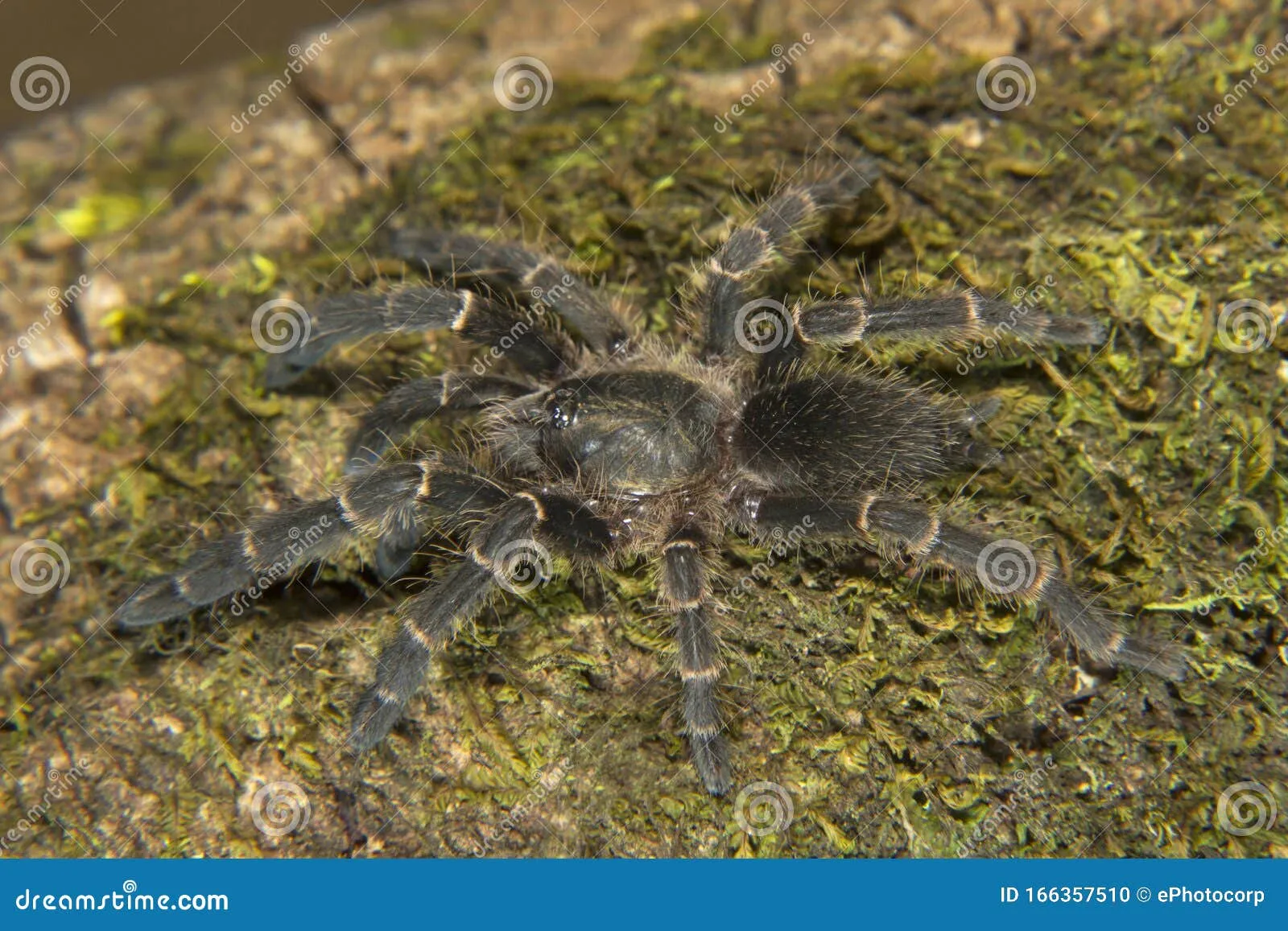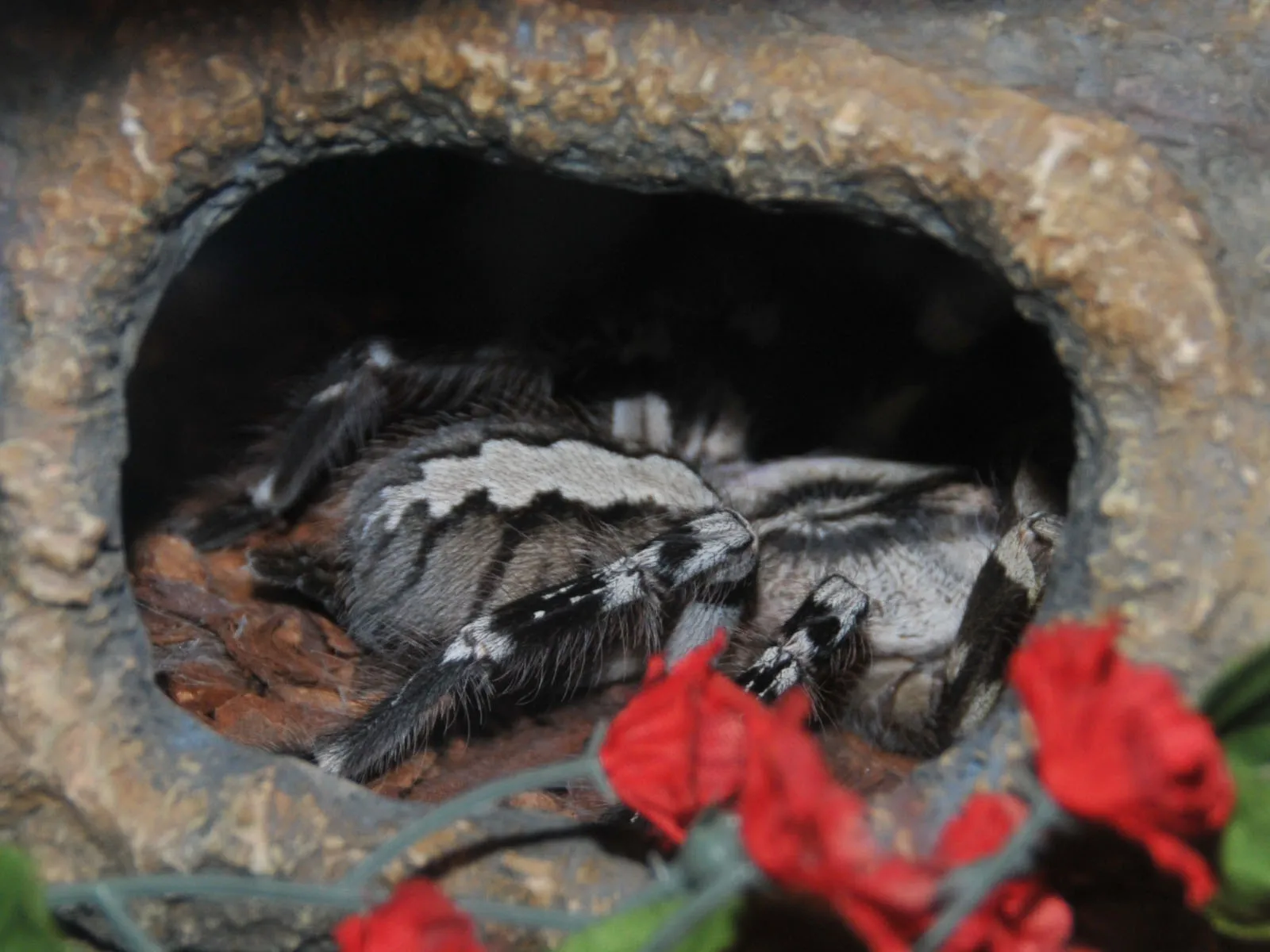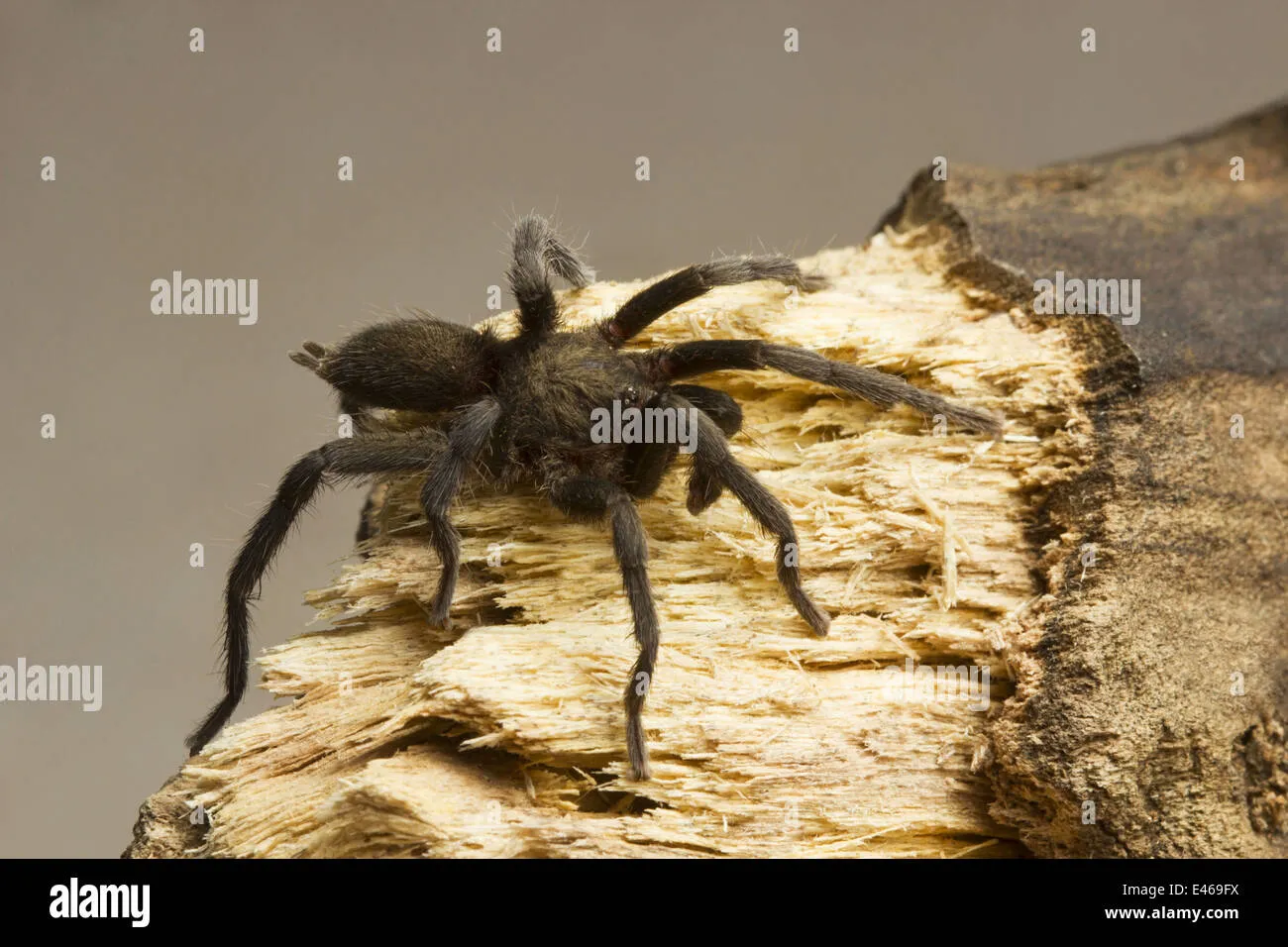What are Tarantulas?
Tarantulas, belonging to the Theraphosidae family, are large and hairy spiders known for their impressive size and often, their docile nature. Found in various habitats around the world, they are arachnids, characterized by two body segments prosoma (cephalothorax) and opisthosoma (abdomen), eight legs, and multiple eyes. They are primarily nocturnal hunters, feeding on insects, and sometimes small vertebrates. Their appearance can be quite striking, with a variety of colors and patterns, making them fascinating subjects for both enthusiasts and scientists. Despite their fearsome reputation, most tarantulas are not considered highly venomous to humans, and their bites are often compared to a bee sting. Their life cycle includes molting, a process where they shed their exoskeleton to grow, and can live for many years, especially females.
Types of Tarantulas Found in Kerala
Kerala, with its diverse ecosystem, is home to a variety of tarantula species. Identifying these species requires an understanding of their unique characteristics, including size, color patterns, and habitat preferences. While a comprehensive list might vary based on ongoing research, the most commonly observed tarantulas include the Indian Tarantula and the Tiger Spider. Local experts and wildlife enthusiasts often provide valuable insights into species identification, and their input can be crucial for distinguishing between different types. Furthermore, the distribution of tarantulas in Kerala can be quite localized, depending on factors such as the presence of suitable microhabitats, food availability, and climate conditions. Exploring different regions of Kerala provides opportunities to observe these unique species and understand their place within the local ecosystem.
Indian Tarantula

The Indian Tarantula, scientifically known as Chilobrachys hardwickei, is a prominent species in Kerala. These spiders are typically medium to large in size, often displaying a brownish coloration. Their bodies are covered in fine hairs, contributing to their fuzzy appearance. The Indian Tarantula can be found in various habitats across Kerala, including forests, grasslands, and even around human settlements. They are generally nocturnal, spending the day in burrows or under objects to avoid the heat. As ambush predators, they wait for prey, which consists of insects and other invertebrates, near the entrances of their burrows. The Indian Tarantula is a fascinating species to study, offering insights into the local arachnid fauna and their ecological roles.
Tiger Spider
The Tiger Spider, or Heterophrictus blometi, is another notable tarantula species found in Kerala. Known for their distinctive markings, these spiders often display a pattern of stripes or bands on their bodies, hence the name ‘Tiger’. These tarantulas are generally smaller than the Indian Tarantula. They can be found in more secluded areas, such as forests and hillsides. They are typically more secretive, spending most of their time in burrows or under rocks. Their diet consists mainly of insects and other small invertebrates that venture too close. The Tiger Spider adds to the rich diversity of arachnid life in Kerala, making the region a hotspot for spider enthusiasts.
How to Identify Tarantulas in Kerala
Identifying tarantulas in Kerala involves careful observation of several key characteristics. Factors such as size, color, and the presence of specific markings can help distinguish between different species. It’s important to note the habitat where the spider is found. Different species prefer various microhabitats. Observing the spider’s behavior can also aid in identification. Are they active during the day or night? How do they react when disturbed? Consulting field guides and online resources dedicated to Kerala’s wildlife is helpful. Local experts, such as naturalists and wildlife biologists, are valuable resources for accurate identification and can offer insights based on their experiences. Responsible observation means not disturbing the spiders or their habitats, allowing them to thrive in their natural environment.
Physical Characteristics

Physical characteristics play a key role in tarantula identification. Size is an important indicator, as different species have varying lengths and body weights. Coloration and patterns, such as stripes or spots, can offer clues to species. The presence of hairs and the overall texture of the body can also be helpful. Features of the legs and pedipalps (small appendages near the mouth) can also be used to differentiate tarantulas. Examining these physical attributes requires close observation, which should be conducted from a safe distance and with the proper knowledge to avoid any harm to yourself or the spider. These characteristics, when combined, can improve the likelihood of accurate identification and the appreciation of the diverse range of tarantulas in Kerala.
Behavior and Habitat
Understanding tarantula behavior and their preferred habitats provides further insights into identification. Habitat preferences include the type of environment where the tarantula lives. Some species prefer forests, while others live in grasslands or even near human habitations. Observing the spider’s activity patterns can also be useful, as some tarantulas are nocturnal, while others may be active during the day. Feeding habits, such as the types of prey they consume, are another aspect of their behavior that helps in identification. The construction of their burrows or webs also differs between species. By observing these aspects of their behavior and habitat, one can gain a more comprehensive understanding of the tarantulas inhabiting Kerala, facilitating accurate identification and contributing to conservation efforts.
Amazing Facts About Tarantulas in Kerala
Tarantulas in Kerala possess several fascinating traits that make them interesting subjects of study. These facts highlight the unique aspects of these spiders and their adaptations to the local environment. Understanding these facts improves the appreciation of these creatures and their importance within the ecosystem. It is also important to note that these facts are supported by scientific research. Knowledge also ensures ethical interactions with tarantulas.
Fact 1 their venom

Contrary to popular belief, the venom of most tarantulas found in Kerala is not lethal to humans. Their venom is primarily used to subdue their prey. The effects of a bite are often compared to a bee sting, causing localized pain, redness, and swelling. Allergic reactions are rare, but possible. It is important to be cautious and avoid provoking a tarantula, even if the venom is not highly dangerous. Proper first aid, such as cleaning the bite area and applying ice, is usually sufficient to manage symptoms. Research into tarantula venom has also shown potential for medicinal uses.
Fact 2 their size
Tarantulas in Kerala vary greatly in size, but some species can reach considerable lengths. The size of a tarantula often depends on the species, age, and nutritional intake. Adult female tarantulas tend to be larger than males. The size of a tarantula is not only about its body length but also its leg span. Observing the size of tarantulas provides a better understanding of these arachnids and their place in the ecosystem. Their impressive size makes them stand out in their habitats and contributes to their survival.
Fact 3 their habitat
Tarantulas in Kerala have diverse habitat preferences, reflecting the ecological diversity of the region. Some species prefer dense forests, where they find cover and prey. Other tarantulas prefer grasslands or scrubland, creating burrows in the soil. Their ability to adapt to a wide range of environments enables them to thrive in different areas of Kerala. Their habitat plays a crucial role in their survival, providing protection from predators and a source of food. The conservation of these habitats is crucial to the survival of tarantulas in Kerala.
Fact 4 their diet

Tarantulas in Kerala primarily feed on insects and other invertebrates. This diet is essential for their growth and survival. They are ambush predators, using their fangs to inject venom into their prey. The diet of a tarantula can change depending on its size and the availability of food in its environment. Larger tarantulas might occasionally prey on small vertebrates. Understanding their diet helps in understanding their role in the ecosystem and the food web. This in turn helps in devising appropriate conservation strategies.
Fact 5 their lifespan
The lifespan of tarantulas in Kerala can vary considerably depending on the species and gender. Female tarantulas generally live much longer than males, often for several years. The longevity of a tarantula also depends on factors like environmental conditions, food availability, and the absence of predators. Males typically reach maturity faster and die shortly after mating. The lifespan of a tarantula is a fascinating aspect of their biology, highlighting their resilience and adaptation to their environment. Longer lifespans provide more opportunities for research.
Conservation Status of Tarantulas in Kerala
The conservation status of tarantulas in Kerala requires attention due to various threats they face, including habitat loss from deforestation and urbanization. Illegal pet trade and the misuse of pesticides pose significant dangers to their survival. Many tarantula species are vulnerable, and some may be at risk of extinction. Conservation efforts include protecting their habitats, implementing laws against illegal trade, and educating the public about their importance. Research into the population, distribution, and threats is crucial. Conservation initiatives depend on the cooperation between government agencies, conservation organizations, and local communities. Preserving the biodiversity of tarantulas enhances the ecological balance of Kerala.
